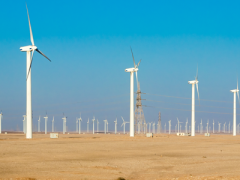National post-2020 greenhouse gas targets and diversity-aware leadership
Achieving the collective goal of limiting warming to below 2 °C or 1.5 °C compared to pre-industrial levels requires a transition towards a fully decarbonized world. Annual greenhouse gas emissions on such a path in 2025 or 2030 can be allocated to individual countries using a variety of allocation schemes. We reanalyse the IPCC literature allocation database and provide country-level details for three approaches. At this stage, however, it seems utopian to assume that the international community will agree on a single allocation scheme.
Here, we investigate an approach that involves a major-economy country taking the lead. In a bottom-up manner, other countries then determine what they consider a fair comparable target, for example, either a ‘per-capita convergence’ or ‘equal cumulative per-capita’ approach. For example, we find that a 2030 target of 67% below 1990 for the EU28, a 2025 target of 54% below 2005 for the USA or a 2030 target of 32% below 2010 for China could secure a likely chance of meeting the 2 °C target in our illustrative default case. Comparing those targets to post-2020 mitigation targets reveals a large gap. No major emitter can at present claim to show the necessary leadership in the concerted effort of avoiding warming of 2 °C in a diverse global context.
Authors
Specifications
- Publication title
- National post-2020 greenhouse gas targets and diversity-aware leadership
- Publication date
- 26 October 2015
- Publication type
- Publicatie
- Magazine
- Nature Climate Change
- Product number
- 2038




